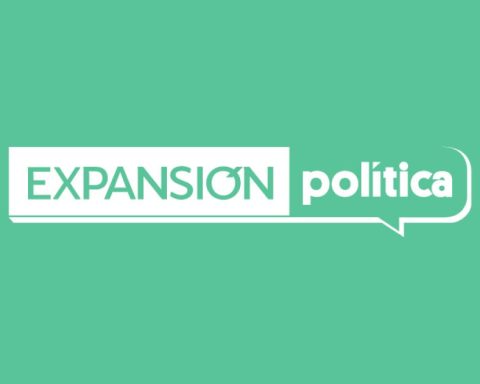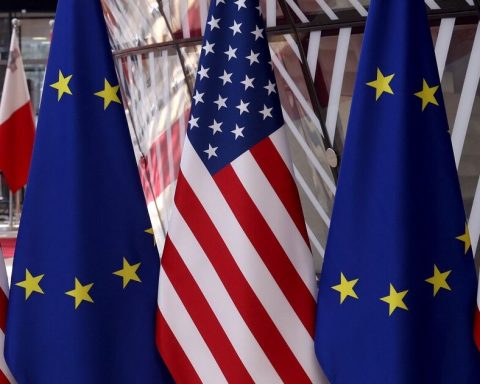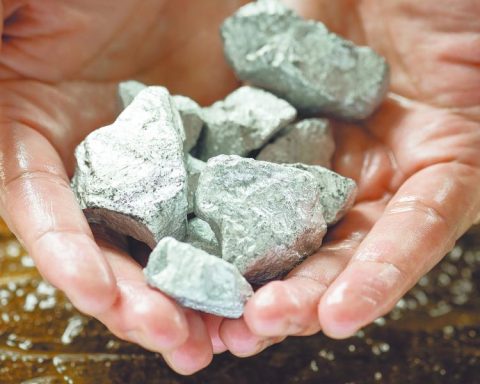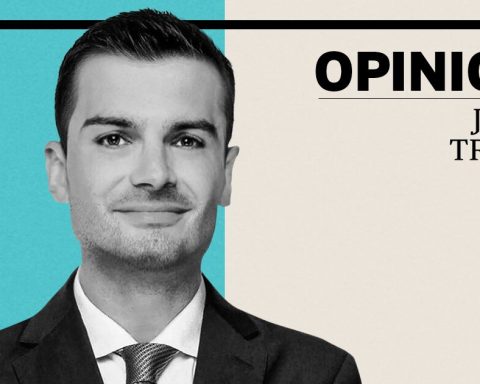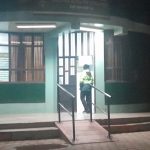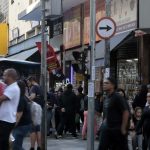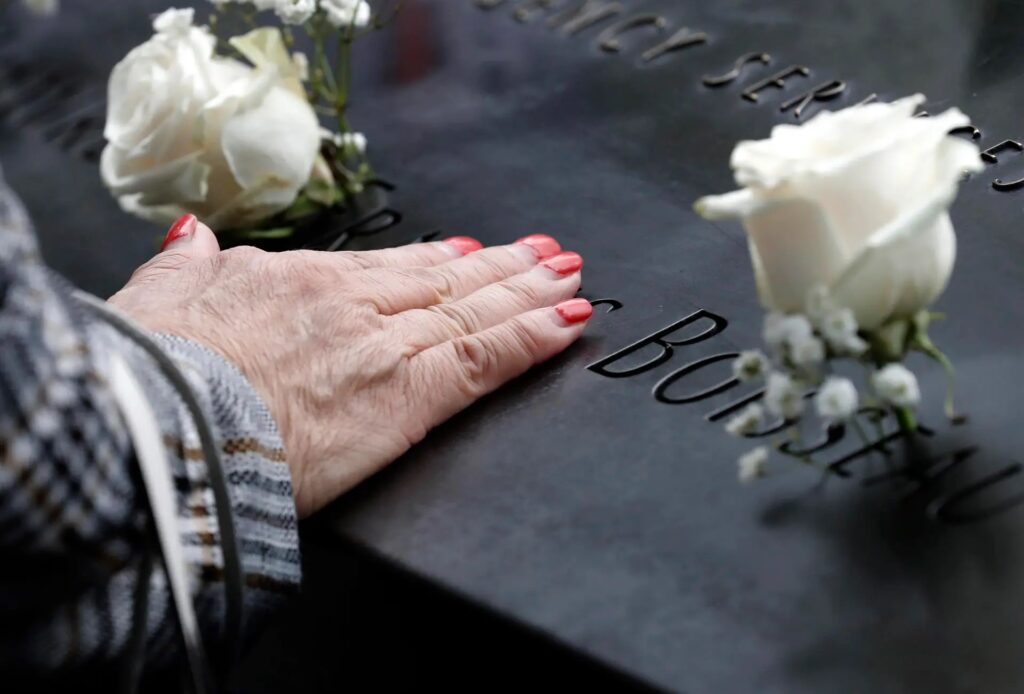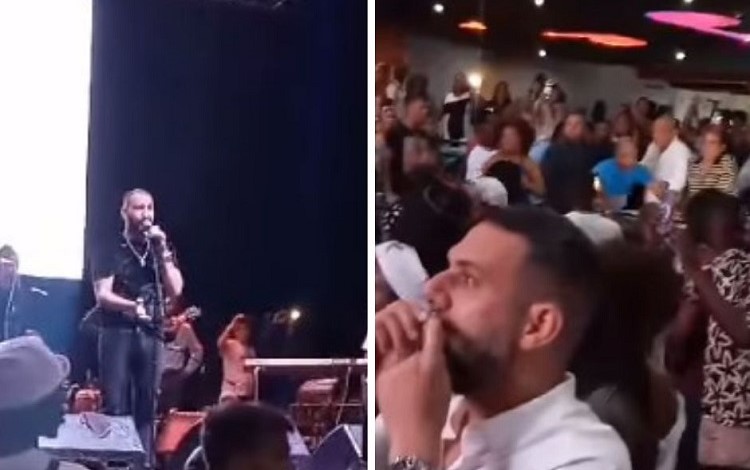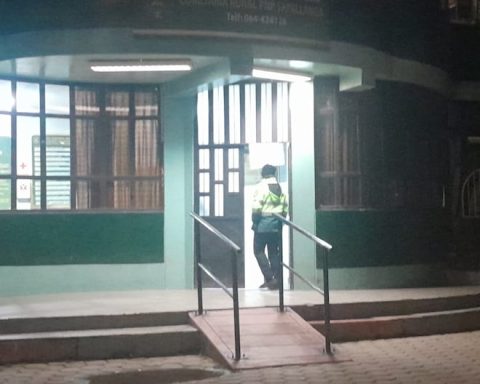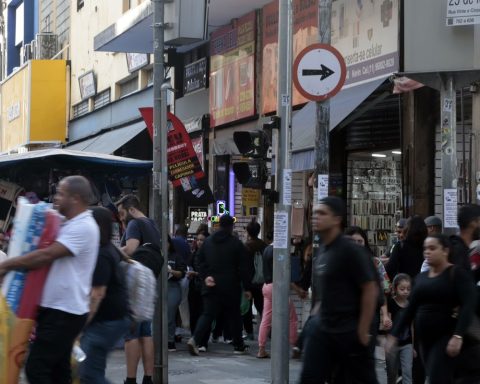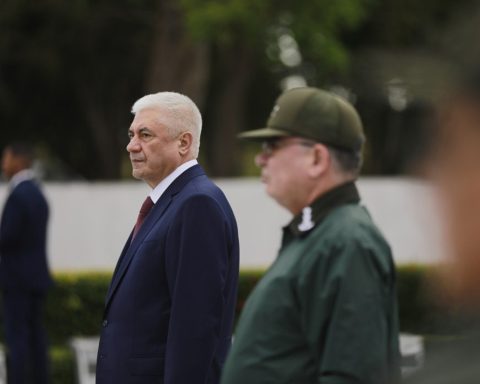Diego Antonio Saturno is director of the channel Mexico City Congress, which transmits from the digital signal 21.2. The channel “TV Congress” begins to take off with an average of 548,000 people reached per month, almost five times more audience than was achieved two years ago. In another example, a house report INRA indicates that in the period from January 2021 to April 2022, there were two months in which TV Congress it surpassed the reach of viewers achieved by the Federal Congress Channel.
The Capital Legislative channel was born in 2015, with the then Legislative Assembly of the Federal District. For a time the channel was called “City TV 21.2” and then changed to “Congreso TV, the plurality signal 21.2”, to differentiate itself from the main channel that occupies the main signal of that spectrum, “Capital 21.1”, and which is administered by the Executive Branch of Mexico City.
Although the two channels share the same radio signal, TV Congress has a disadvantage Capital 21 on budget issues: 17 million 519,000 pesos against 118.32 million pesos to operate in 2022. Both channels also depend on different authorities and it is possible that if the pay television systems resumed the contents of these signals, they would be those of Channel 21.1 because that is the main signal.
And this is part of what Diego Saturno urges the regulatory authority to review the policy of must-carry/must-offer on retransmission of content in which restricted television is obliged to take up the signal from open television and the latter to allow this retransmission, but which until now has only worked for open commercial television with a national scope and federal public channels, not for state public television stations.
—What is it like to operate a television channel belonging to an entity that in turn directs different political forces?
—The institutional framework has been the most important thing here and we have to work on it, because we are very clear that we must give space to all the voices within the channel. We are a sign of plurality. We have no doubt that we must follow the same guidelines that exist and the configuration of the city’s own Congress. Today there is a majority of Brunette in Congress, which is not a qualified majority, it is a simple majority and that is why we try to exercise the same plurality.
For example, we have a news program called Week 21.2, in which we address issues of interest to the city and there we have tried to keep a proportion on who we interview. In the 35 programs that we have carried out from January to date, 35% have been from the government; Five specialists representing 16% have also been consulted and legislators have been 41%; of those legislators we have kept the proportion by political party. Yes, obviously we have given a majority of time to Morena, the PRI, the PAN, the PRD, with 41%, 20%, 27% and 6% of the time, respectively, and also to other parties.
Even in the opinion programs, such as Judgment Day, which has 39 programs to date, the same proportion has been kept there in some way; there converge another type of circumstances. By topic of opinion we have allocated 56% to Morena, 26% to the PRI, 11% to the PAN and the defunct PES, for example. All political thoughts and positions have appeared on the channel and we have allowed them their time accordingly to proportion.
In the Congress of the city there is a committee and it is made up of five legislators. It is where we give a quarterly report on how the channel has been behaving in all aspects.
—The channel of the federal Congress hardly has an audience, why do you think that the channel of the local Congress could be even more relevant for the citizens of the capital?
—In two years, the interest of citizens in news and local legislative issues has grown. This reflects an important concept that has to do with hyper-locality. People care more about what happens around their house, than often national issues. The information that is discussed in the federal Congress are issues that sometimes take a long time to reach the public.
For the inhabitants of the Mexico City the issues that are discussed in your Congress are issues of such importance that they have an immediate impact.
There is a very interesting fact: according to reports from HR Ratings, in the period from April to May 2022, 9.9 million people ever watched a program or a legislative session, what we call legislative activity, and on average, 23,000 people tuned in to some of the broadcasts and dedicated six minutes to each of the sessions, whether they were ordinary sessions or committee sessions; or to the forums, because there are many forums that legislators hold and we transmit them, because they are forums that are transcendent for the city.
With these data in hand and after two years, I would say that people are interested in what has to do with their city, because of what happens with the local Executive and the different political parties. Of those very complex languages that legislators have on the platform, we have tried to citizenize the language of politics and bring closer the visions and decisions that are made in the Congress of Mexico City, that is why we see that in some way that the The work we have done during this time is being of interest to the public.
—How would it be translated into everyday life, for example, that that number of people you mention watch the capital’s Congress channel?
—The most important tool that TV Congress provides is that we do not issue any opinion regarding the information that occurs in the city’s Congress. We release information that is verified; We try to give information that does not have informational bias. When public television is made, particularly within a legislative body and where all political forces transcend, we have bet a lot on reviving the legislative chronicle. The legislative chronicle separates opinion from information.
What we have today in the public sphere is a lot of misinformation, because much of the information is opinion; it is not hard information, which makes people make biased decisions, based on the opinions of others and not on hard data.
In this way, from TV Congress and in all the exercises that we have through capsules, the parliamentary chronicle, social networks, even, within one of the programs that we have, we try to provide information.
—The coverage of channel 21.2 is limited and in Mexico City itself there are still white areas where the signal does not reach…
“The transmission we have is in the Chiquihuite Hill and there we share the field with Capital 21. There are gray areas, because due to the position of the transmitter it is not possible for us to reach all the televisions.
However, we are seeking and it is one of the objectives that we have and that we plan to achieve this year, that we can reach greater coverage through cable television. Today we are only for Totalplay and we will seek to be in all the other cable systems that allow us to reach that way, as well as consolidate our presence on the Internet. We know that our open television signal is a range, but its obstacles, technically, require technical adjustments in its antenna.
We have made some investments in infrastructure that have even allowed the channel’s coverage to increase and while we seek to negotiate with the cable companies.
—How difficult is it to negotiate with private companies as a very local channel, when cable and satellite companies, for example, already have the heavy burden of rebroadcasting commercial television and federal public channels?
—These are collaboration agreements that are signed with the cable companies. Unfortunately there is not a possibility of must-carry and must-offer for local public television stations. I think it is something that should be included in the regulation established by the regulatory bodies, such as the Federal Institute of Telecommunications, so that public television in the states is given visibility and that they can get on the subject of must-carry and must-offer, because public television in several states is very important.
I believe that with a favorable or proactive regulation by the regulator for the issue of state must-carry and must-offer, we would be able to reach the cable systems without having to go it alone and without having to go through so much paperwork or bilateral agreements with each of the cable companies, because today the must-carry and must-offer applies to federal public channels, as in the case of Channel Once, Channel 22 or Channel 14.
—For a “state” must-carry/must-offer… Would a mini-constitutional reform be required or would the IFT (Federal Telecommunications Institute) just rewrite the broadcast guidelines?
—Today, much remains to the will of the cable operator if he programs public television within his programmatic bar. In this sense, I call on the IFT so that it makes visible the work of state public television stations, which in many cases are doing wonderful work and very important content efforts with little budget.
We want the must-carry and must-off regulation to be strengthened and updated so that state public television in each of the states can benefit. This is very relevant to make it your own in the public agendas of states and cities, to tell the context of what is currently happening.
The regulation we have of must-carry and must-offer is from 2013, today are different times and the legislative television that has to do with what happens to citizens is being of great interest to the audiences, that is why it is also a call to the cable TV players to turn around to see us.
—And even if there were an update of the regulation… The channel that would be retransmitted would be Channel 21.1 because it is the main signal, right?
In the specific case of must-carry and must-offer, it is an area that is regulated by the Constitution in some articles, but rather by the Federal Telecommunications and Broadcasting Law. The institute should update the guidelines, which are from 2013-2014, where it can be indicated that state public channels can enter the field of cable companies.
Broadcasting is a service of general interest and the effective provision of a social service must be preserved. Public television has a social dimension. This was what remained in the telecommunications reform. Players such as public television were never considered, and there it remained in a very small segment: the segment of federal public television, but the issue of state public television did not remain. It is the regulation with which we live in state public television.
I believe that a model could be established so that state public television could enter the subject of must-carry and must-carryeven in a geo-referenced way.
We could all enter; even, the university channels in their respective localities. It is a necessity of the citizen himself, because thanks to his taxes, public television lives. The contents we make are assets of the nation. If we go to that interrelationship, it would be that way.
We do not pursue any economic objective, rather than wanting to reach citizenship. Nor can we give money to the cable companies to retransmit us. We always go under the banner that we are a public channel. Literally, today it is to go to each cable operator and try to convince them that our signal should be in their programming. We need the help of IFTto get us out of that regulatory discrimination and while we go step by step with each cable operator to open a gap for us.
kg

